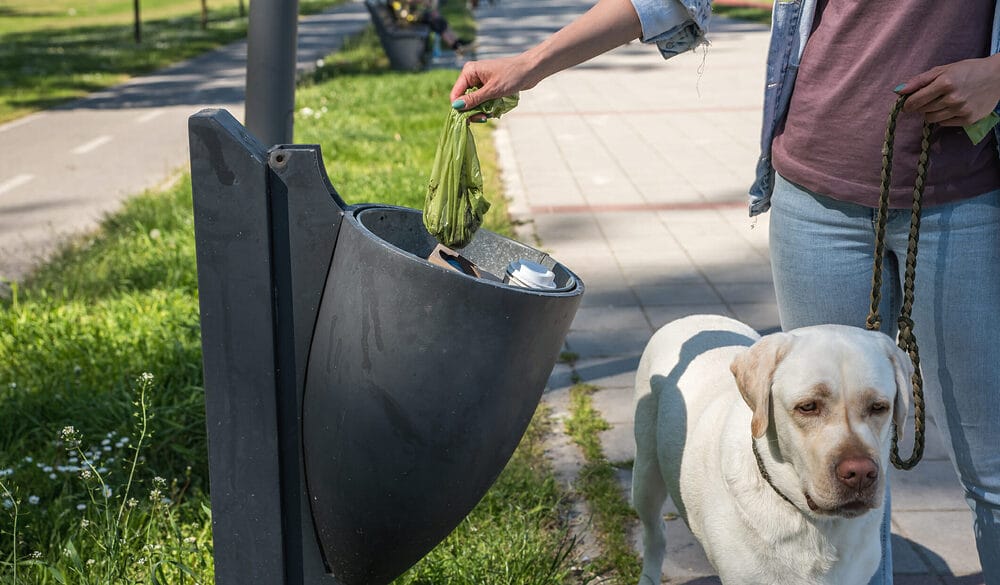
Your dog has normal poop which turns white when it dries – why is this the case? As it turns out it is normal for dog feces to turn white after some time. However, if it comes out white then that can be a cause for concern. Here’s what you need to know.
Table of contents
6 Reasons Why Your Dog’s Poop Turns White
Photodegradation by the sun

Dog poop tends to turn whitish with time as its color pigments break down leaving a white matter behind. Sunlight contains ultraviolet (UV) rays that can cause chemicals in dog poop to react and turn white. Ordinarily, dog poop is supposed to have a brownish dye to it. UV radiation can cause the dye to fade by breaking down its chemical bonds. This process is known as photodegradation.
Also worth noting is that the sun’s bleaching power is higher in summer than in winter. Therefore, you are more likely to see dry poop turning white during this season.
Luckily, poop turning to a different color when it dries shouldn’t be a cause for concern as long as it came out brown in the first place and remained like that for some time until it started drying.
Mold is the Culprit
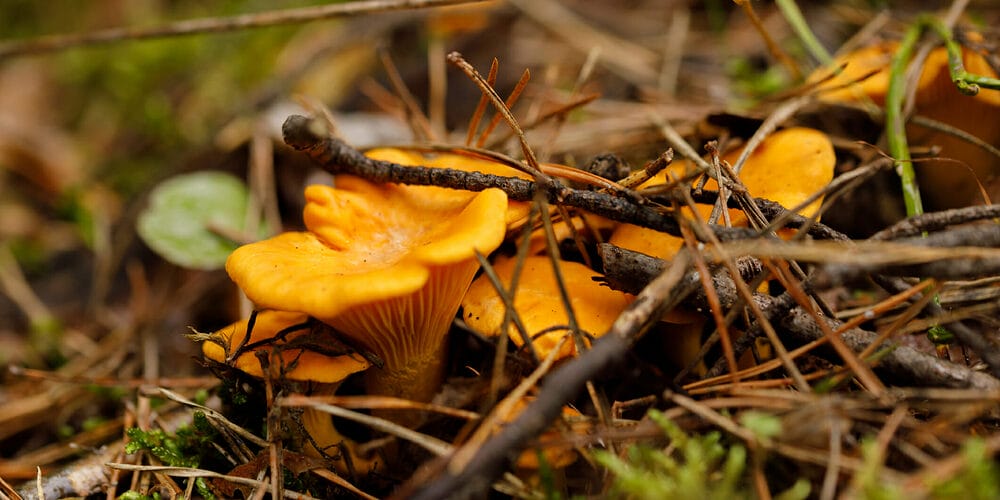
Old dog poop may turn white due to mold growing on it. On average, dog poop takes about 9 weeks to decompose although this can vary depending on climate, size of stool, or the dog’s diet. During this time, mold might colonize the poop causing it to change color.
Remember, mold is an important part of the poop decomposition process. Unfortunately, as useful as it might be, mold found on dog poop contains mycotoxin (a toxic substance) which can cause disease in people.
Many types of mold appear white. Generally, it is not necessary to analyze which type of mold is attacking your pooch’s poop as all molds have the same negative effects.
The best thing is to pick up after your dog as soon as you can and dispose of the poop responsibly.
Excess Calcium in their Food
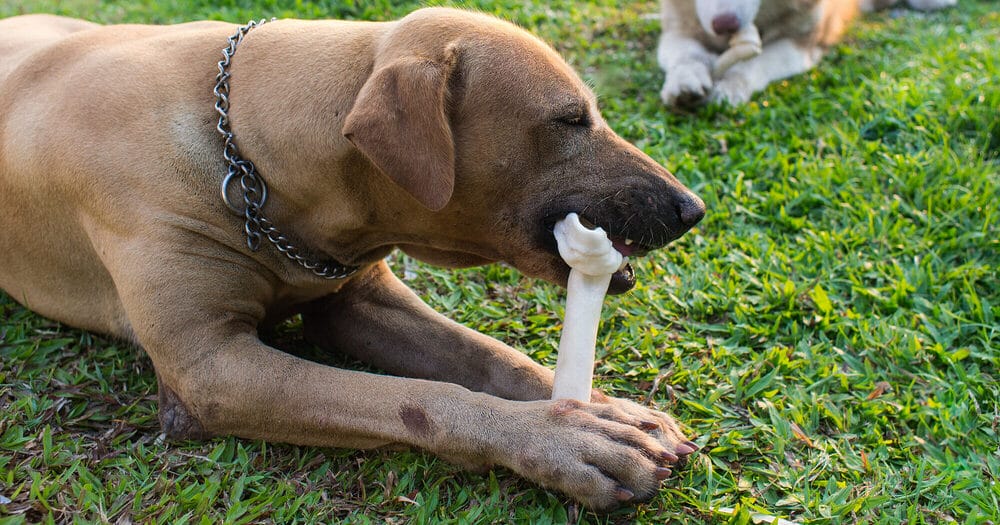
Calcium is a necessary part of any diet, and this applies to your pooch as well. However, too much of it can cause problems.
For instance, when your dog eats too many bones, chances are that they may end up getting too much calcium which may then build up in their system and turn their poop white.
This is more common in large-breed dogs than small ones, but it can happen to any size dog if they eat too many bones.
Effects of Medication
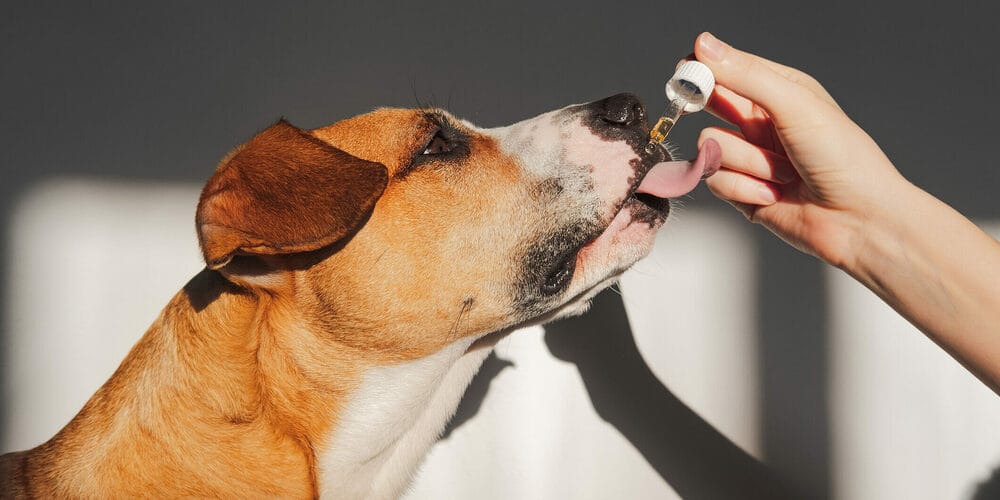
White, chalky feces are often a sign that your dog has just ingested medication like liquid barium.
Barium is a contrast agent that’s given to dogs who need an X-ray of their GI tract. It’s tasteless and odorless, so there’s no reason why your dog would spit it out or refuse to eat it.
But if they eat enough of it, barium can cause some interesting side effects with the most common one being white stool — although sometimes it may be yellowish or even greenish — which can last for several days after treatment.
When barium gets into the digestive tract, it forms a thick gel with water from your dog’s saliva and gastric secretions. This may significantly change your dog’s bowel movement for up to a few days. The result? White-drying poop!
Your Dog Ate a White Object
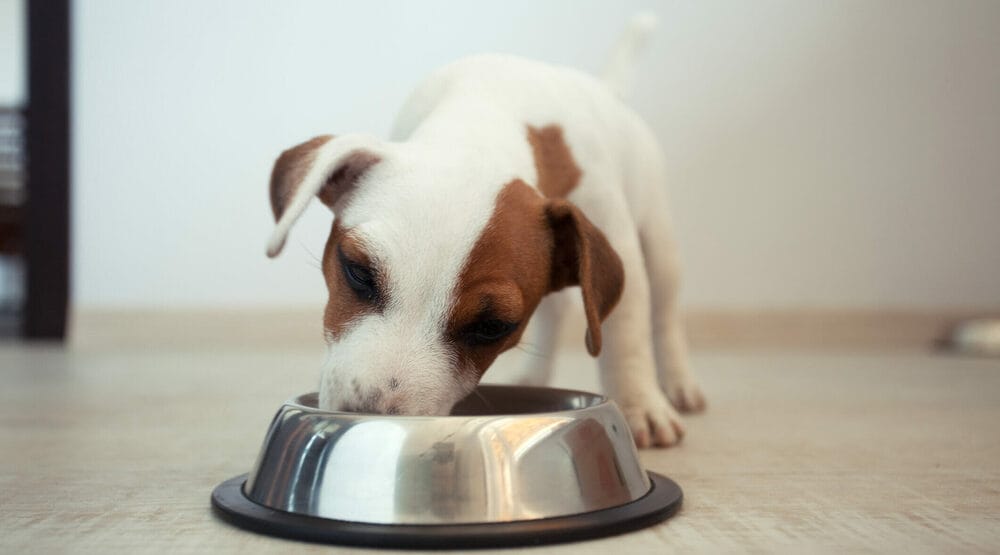
Swallowed foreign objects are fairly common in dogs, especially with puppies and older dogs. When a dog eats something it shouldn’t, like a white piece of cloth, the digestive tract may not be able to break it down properly.
Therefore, it passes through your pet’s system without being digested. This often means that the material ends up in the stool only to become more visible as it dries out.
Tapeworms
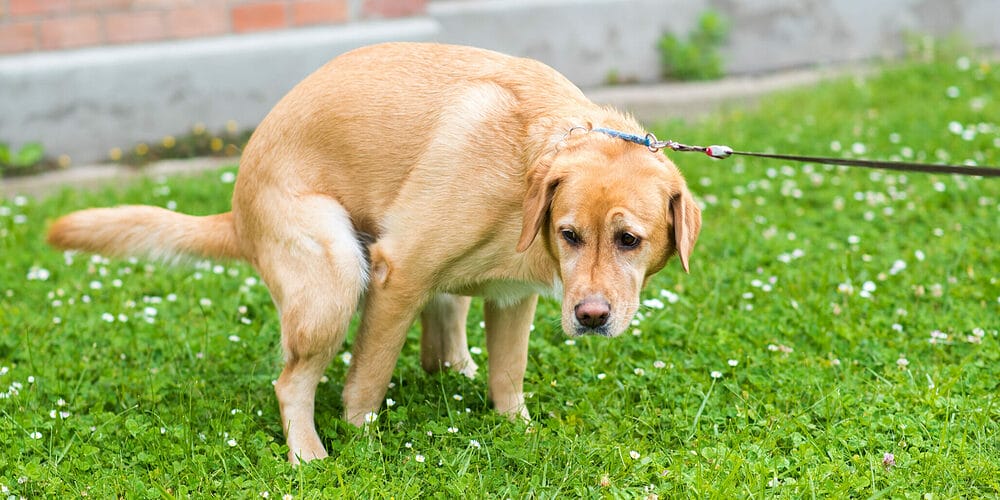
Tapeworms are a type of worm that can infect dogs and cats. They live in the intestines of infected animals and are passed out in their feces.
When the larvae are outside of an animal, they can survive for several days if they find a host. If they do not find a host within that time, they die.
When tapeworm eggs dry out, they turn white. This is because when moisture leaves the eggs and the sun dries them up, they tend to lose pigmentation and become whitish.
When should you be concerned about white dog poop?
It is normal for dog poop to turn white when it dries. However, if your dog passes white stool, this might point to the likelihood of underlying digestive health issues. In that case, the best thing to do is get in touch with your vet.
Your vet will perform a physical exam on the dog, assess their feces and even run blood work to identify the cause of the problem. Treatment options may vary depending on the underlying problem and in some cases, this may require multiple visits to the vet’s office.
In some cases, your vet may refer you to a vet who specializes in internal medicine. During your visit to the vet’s office, it’s advisable to carry a sample of the poop with you.
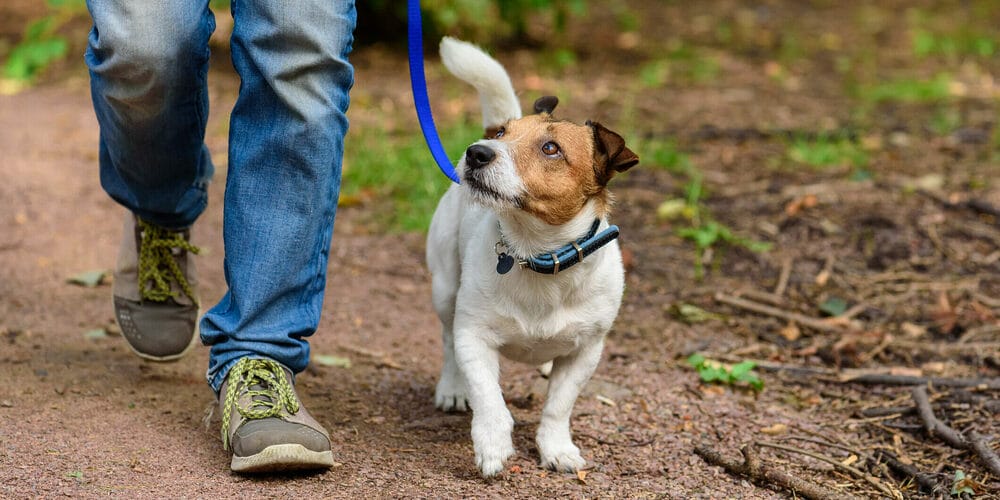
What Should Your Dog’s Poop Look Like?
If you’ve ever wondered what a healthy poop should look like, here is what you should look out for.
A Brownish Color
A healthy dog’s feces should be brownish. This is due to something called bile pigment bilirubin which is a water-soluble substance that makes its way to the digestive system via the gall bladder.
Generally, dogs that fail to get adequate quantities of water have their stool becoming darker because of the reduced flow of bile into the digestive system.
If your dog’s feces are black or tarry, it could indicate internal bleeding or a blockage in the intestine.
Consitent and firm Texture
The texture should be firm and consistent, without any mucus or blood. If there is mucus or blood, it could indicate an infection or inflammation in the colon.
A sticky stool is usually caused by eating too quickly and not chewing food well enough before swallowing.
Soft stool may be due to low fiber in your dog’s diet or because they have diarrhea.
An oily stool can indicate pancreatitis or inflammation of the pancreas as well as problems with metabolism.
If the latter is the case, it is important to have your vet examine your dog and suggest treatment.
Why Should the Color of Your Dog’s Poop Matter?
The color of your dog’s poop can tell you a lot about their health. Here are some of the reasons why you need to care about it.
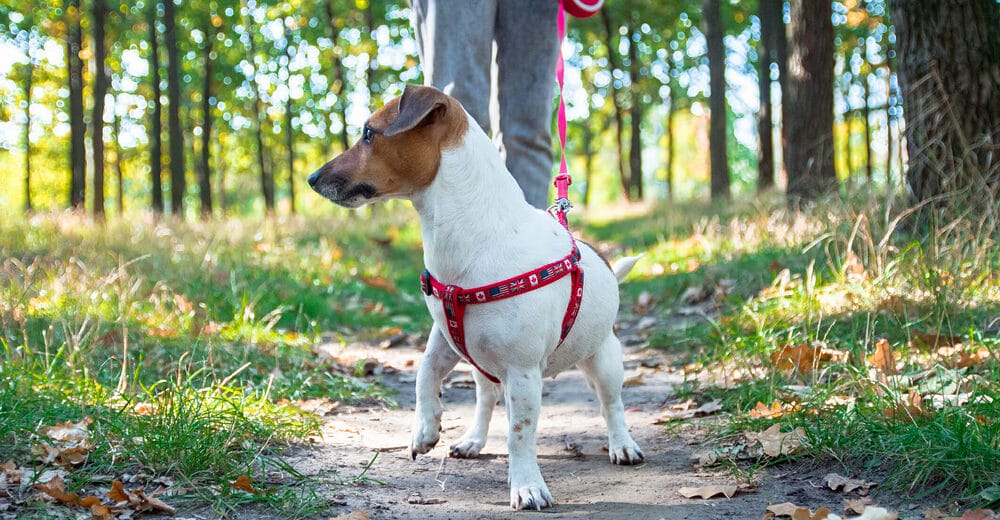
It can indicate a problem with their digestive system – If your dog’s stool is black or green, it could be an indication that they have eaten something that didn’t agree with them and they have diarrhea.
If this happens once in a while, there isn’t much to worry about. However, if it happens more often than once every few weeks or so, consult with your vet as soon as possible.
It can indicate that they have worms or other parasites in their digestive tract – This can happen from time to time and is not necessarily anything to worry about. Normally, it can be easily treated by giving them deworming medication from your vet once every month or two depending on what kind of worms are present.
However, if you notice that your dog has worms more than once every few months it may be advisable to consult a vet.
Your dog has a medical condition – The color change may be due to a medical condition like internal bleeding, which can cause blood to appear in the stool.
It’s important to see your veterinarian if you notice this type of color change in your dog’s stool as soon as possible so that they can get tested for any potential health problems that could be causing this sign.
Your dog is constipated – Another reason why you might see a different color in your dog’s poop is if they have become constipated and their stool has remained inside them for too long without being eliminated from the body.
This happens when they don’t get enough fiber in their diet or when they don’t drink enough water every day. When this happens, it can cause their stool to turn yellow or even greenish brown.
Frequently Asked Questions About White Dog Poop
Before we finish up the article, here are 3 common questions related to white dog poop.
What is the white coating on my dog's poop?
The white coating is more often than not mucus. Mucus is a sticky substance produced by the cells of the digestive tract, which can also be seen in the stool. It’s produced by the body as a way of protecting itself from infection.
Is white poop dangerous?
White poop is usually nothing to worry about if it’s something that happens over time. However, fresh white poop may be a cause for concern as it could be a sign of digestive health issues.
What causes white specs in dog poop?
The most common culprits are worms and fleas. If your dog has these parasites, chances are high that you will see white specs in their poop when they defecate.
Conclusion – White poop
When dog poop dries, it turns white. This is a natural process and not a cause for concern because as the fecal matter dries, it loses moisture and becomes more compact. You should only be concerned if your dog poop is white from the onset, in which case they should see a vet.

